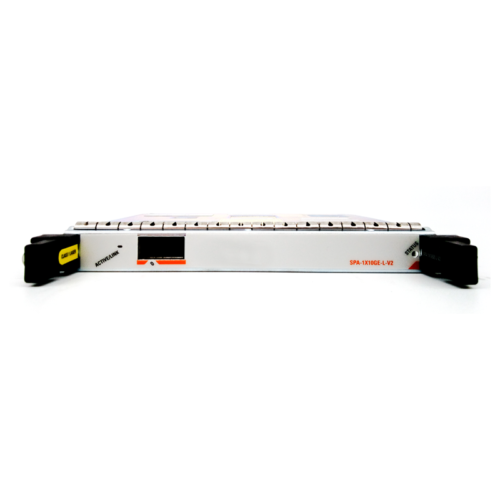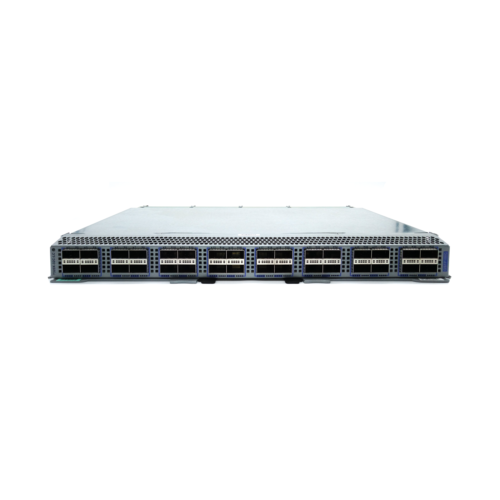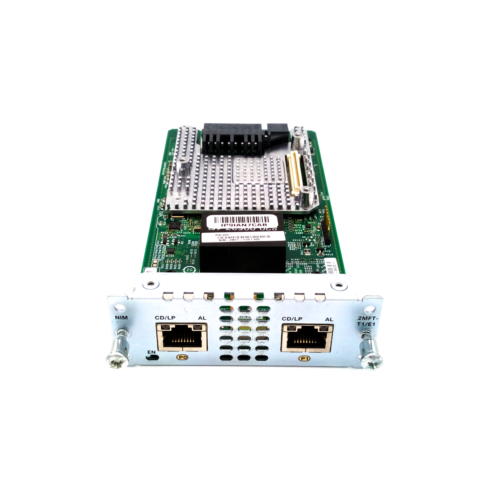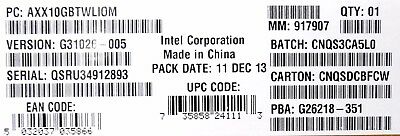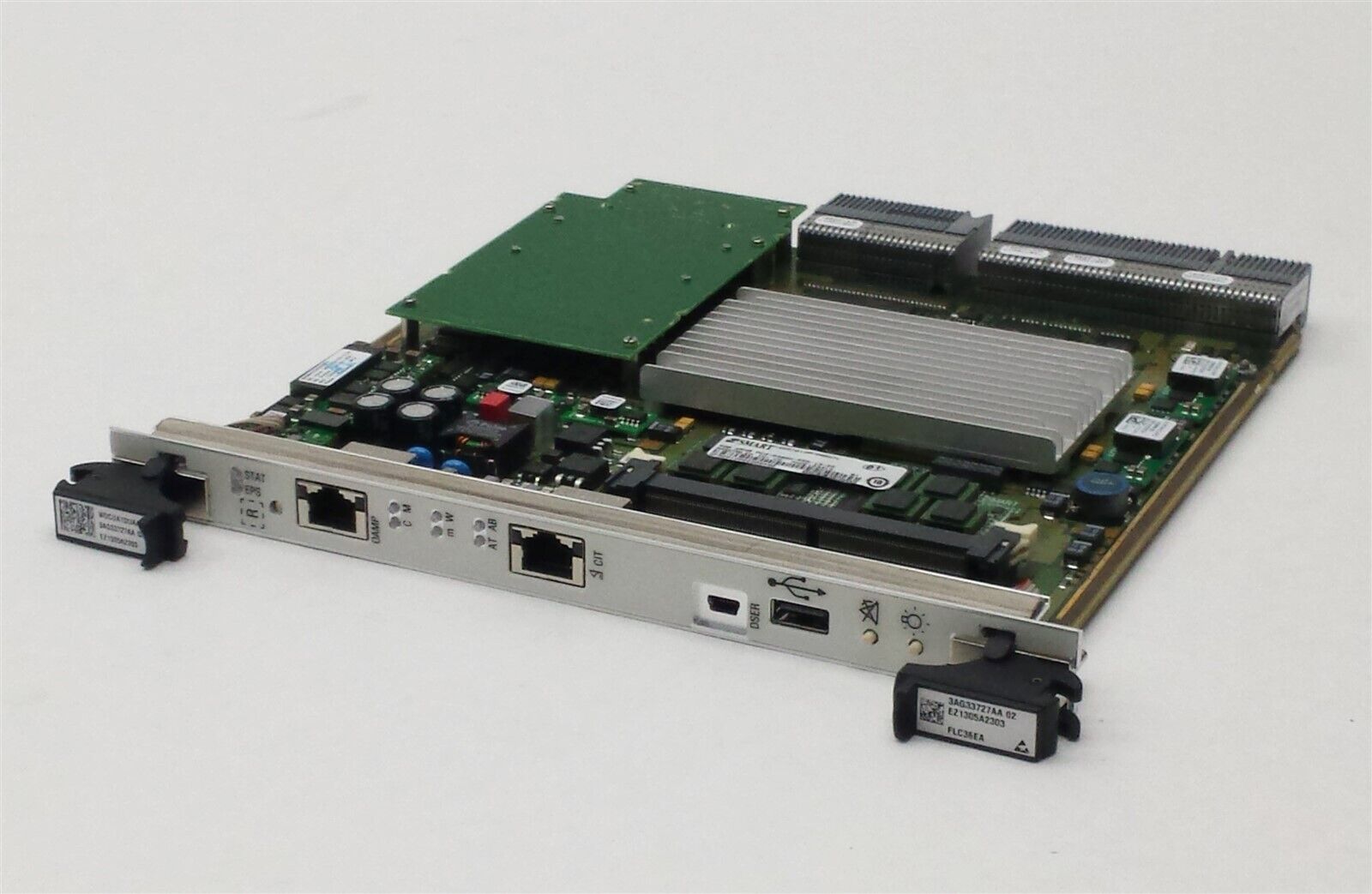-40%
Doodle Labs ACM-DB3 Dual Band 3x3 Mimo WiFi Module Industrial Rugged Mpcie 8pcs
$ 191.13
- Description
- Size Guide
Description
Auction is for 8pcs doodle labs ACS-db-3 mpcie wifi modules. Used for proof of concept. Sold as is as pictured. No returns.Datasheet
Doodle Labs ACM-DB-3 Industrial Wi-Fi Transceiver
Dual Band – 5.x and 2.4 GHz, 3x3 MIMO, IEEE802.11ac transceiver
Product Family Overview
Doodle Labs’ portfolio of Industrial Wi-Fi transceivers offer the industry’s best-in-class performance. These transceivers have high transmit power for long-range communication and has been designed to withstand operation in extremely
challenging environments. In addition, these transceivers feature high interference immunity that allows successful operation in today’s congested Wi-Fi environments. The transceivers are FCC, CE, and IC certified and have been deployed in numerous demanding applications.
Figure 1. Top and bottom views of the ACM-DB-3M transceiver with MMCX connectors.
Target Applications
The Doodle Labs Industrial Wi-Fi transceivers meet the demanding needs of customers across a broad range of industries. Examples include:
• Unmanned Vehicles – Drones
• Unmanned Robots
• Industrial IoT applications
• Rugged/Military requirements with extended temperature and vibration resiliency
• Mesh Networking deployments
• Passenger Wi-Fi access aboard airplanes and trains
• Streaming HD Video Surveillance Cameras
• Wireless Infrastructure in harsh operating conditions of the Oil/Gas fields and Mines
July 16, 2020
© 2020 Doodle Labs. All rights reserved. Page 1
Datasheet
Features
Best-in-class features include:
• Modular FCC, CE and IC certifications to expedite system integration
• Integrated LNA for best-in-class Rx sensitivity to pick up low energy signals from mobile phones
• Up to 30 dBm of RF power to get the largest possible area coverage
• Extended temperature range from -40C to +85C.
• Electrical Stress protection on Antenna ports for outdoor operation
• Long product life cycle to meet the needs of Industrial IoT applications
• High interference immunity for Wi-Fi congested environment
• Hardware “RF Kill” feature to meet the FAA requirement for airborne applications
• High band isolation to support concurrent dual band operation for multi-band routers
Figure 2. Interference immunity performance compared to leading competitors.
July 16, 2020
© 2020 Doodle Labs. All rights reserved. Page 2
Datasheet
ACM-DB-3 Specifications
Table 1. Technical Specifications.
Ordering Code
Special Features
Design-In Documentation
Software Support
Center Frequency Range
Channel Bandwidth*
Radio Modulation/Data Rates (Dynamic Link Adaptation)
802.11ac Wave 1 Capabilities
ACM-DB-3M with MMCX connectors ACM-DB-3U with U.FL connectors
Radio Configuration
3x3 MIMO, Dual Band
– Extended lifespan with planned availability for long time
– Extreme Reliability, IPC Class 2 standard with Class 3 options
– Compliant to MIL-STD-202G, Qualified for high shock/vibration environments
https://www.doodlelabs.com/technologies/technical-library/
MAC Chipset
Qualcomm Atheros: QCA9890-BR4B with Extended Temperature range
Open Source Linux Drivers
ath10k for 11ac models
OpenWRT (Wireless Router/Linux OS)
5.180 GHz ~ 5.825 GHz
2.412 GHz ~ 2.484 GHz
This varies by the regulatory domain
20, 40 and 80 MHz channels
802.11ac: MCS0-9 (5.x GHz)
802.11a: 6, 9, 12, 18, 24, 36, 48 and 54 Mbps (5.x GHz)
802.11n: MCS0-23 (5.x and 2.4 GHz)
802.11b/g: 1, 2, 5.5, 6, 9, 11, 12, 18, 24, 36, 48 and 54 Mbps (2.4 GHz)
• 802.11 dynamic frequency selection (DFS) as an AP and Client
• Packet aggregation: A-MPDU (Tx/Rx), A-MSDU (Tx/Rx), Maximal ratio
combining (MRC), Cyclic shift diversity (CSD), Frame aggregation, block ACK, 802.11e compatible bursting, Spatial multiplexing, cyclic-delay diversity (CDD), low-density parity check (LDPC), Space Time Block Code (STBC)
• Phy data rates up to 1.3 Gbps (80 MHz channel)
July 16, 2020
© 2020 Doodle Labs. All rights reserved. Page 3
Datasheet
• 802.11 dynamic frequency selection (DFS) as an AP and Client
• Packet aggregation: A-MPDU (Tx/Rx), A-MSDU (Tx/Rx), Maximal ratio
combining (MRC), Cyclic shift diversity (CSD), Frame aggregation, block ACK, 802.11e compatible bursting, Spatial multiplexing, cyclic-delay diversity (CDD), low-density parity check (LDPC), Space Time Block Code (STBC)
• Phy data rates up to 450 Mbps (40 MHz channel)
802.11n version 2.0 Capabilities
Operating Modes
AP, Client, and Adhoc modes for Access Point, PtP, PtmP, and Mesh networks
MAC Protocol
TDD with Carrier Sense Multiple Access with Collision Avoidance (CSMA/CA)
FEC, ARQ
Wireless Error Correction
Wireless Data Security
128 bit AES, WEP, TKIP and WAPI hardware encryption. Support for IEEE 802.11d, e, h, i, k, r, v, w and time stamp standards
FIPS Certification
• Small packet size (96 bytes) in AES encryption at full packet rate.
• FIPS 140-2, Level 2 (Temper Evidence Shield), Loop back mode to facilitate
FIPS AES certification.
July 16, 2020
© 2020 Doodle Labs. All rights reserved. Page 4
Datasheet
Table 2. Tx and Rx performance at 5 GHz.
Tx/Rx Specification
5 GHz (20 MHz Channel) – 11ac models
Radio Modulation
Coding Rate
Tx Power (±2dBm)2
Rx Sensitivity (Typ)
802.11a, STBC
802.11a
BPSK
1/2
27
22
-96
64 QAM
3/4
-81
802.11ac, 802.11n
BPSK
1/2
27
-96
802.11ac, 802.11n
16 QAM
3/4
25
-84
802.11ac, 802.11n
64 QAM
5/6
22
-75
802.11ac
5 GHz (40 MHz Channel) – 11ac models
256 QAM
3/4
20
-72
802.11ac, 802.11n
5 GHz (80 MHz Channel) – 11ac models
BPSK
1/2
27
-93
802.11ac, 802.11n
16 QAM
3/4
25
-81
802.11ac, 802.11n
64 QAM
5/6
22
-75
802.11ac
256 QAM
5/6
20
-68
802.11ac
BPSK
1/2
26
-87
802.11ac
16 QAM
3/4
24
-78
802.11ac
64 QAM
5/6
21
-72
July 16, 2020
© 2020 Doodle Labs. All rights reserved. Page 5
Datasheet
802.11ac
256 QAM
5/6
19
-65
Table 3. Tx and Rx performance at 2.4 GHz.
Tx/Rx Specification
2.4 GHz (20 MHz Channel) – 11ac models
802.11b Single Stream, STBC
Radio Modulation
1 Mbps
Coding Rate
CCK
Tx Power (±2dBm)2
29
Rx Sensitivity (Typ)
-100
802.11g
64 QAM
3/4
24
-80
802.11n
BPSK
1/2
29
-95
802.11n
16 QAM
3/4
27
-83
802.11n
2.4 GHz (40 MHz Channel) – 11ac models
802.11n
64 QAM
16 QAM
5/6
3/4
24
27
-76
802.11n
BPSK
1/2
29
-91
-80
802.11n
64 QAM
5/6
24
-73
Note 1: It is advantageous to use the smallest channel bandwidth that can support the throughput requirements. Smaller bandwidths provide more channels to choose and help avoid interference issues.
Note 2: Total Tx power for all streams. Max allowed Tx power depends on the regulatory domain. De-rating of -1 dBm for U.FL connector.
July 16, 2020
© 2020 Doodle Labs. All rights reserved. Page 6
Datasheet
Table 4. Additional RF performance information.
Antenna Signal Strength -35 to -85 dBm (Recommended), Absolute Maximum=+12 dBm
Interference Immunity
SAW filters on RF ports for immunity against high power cellular transmissions in the neighboring 2.4 GHz bands.
Antenna port isolation for concurrent operation
Up to +10 dBm signal strength for 5 GHz signal without degrading 2.4 GHz operation
Up to +5 dBm signal strength for 2.4 GHz signal without degrading 5.x GHz operation
Integrated Antenna Port Protection 10 kV
Receiver LNA Gain >10 dB
Receiver Adjacent Channel Rejection (ACR)
>18 dB @ 11a, 6 Mbps (Typ)
Receiver Alternate Channel Rejection (ALCR)
>35 dB @ 11a, 6 Mbps (Typ)
Receive chain Noise Figure +6 dB
Transmitter Adjacent Channel Leakage Power Ratio (ACLR)
45 dB (Fc ± ChBW)
Transmitter Spurious Emission Suppression
-40 dBc
RF Power control
In 0.5 dBm steps. Accuracy of power calibration loop ±2 dBm. Each transceiver individually calibrated and tested.
RF Hardware Disable (RF Kill) Pin 20 of miniPCI-E interface. (Required for FAA compliance)
July 16, 2020
© 2020 Doodle Labs. All rights reserved. Page 7
Datasheet
Table 5. Physical, Environment, and Other Specifications.
Host Interface
Host CPU Board
Operating Voltage
Power Consumption
Temperature range
Dimensions
MTBF
Regulatory Requirements
FCC ID
CE/ETSI
Industry Canada (IC)
RoHS/WEEE Compliance
miniPCI-Express 1.2 Standard
Any CPU board with miniPCIe interface
3.3 Volts from miniPCI-Express connector
5.3W @ Max power, in continuous data transfer mode on all chains
2.5W @ 20 dBm power (ETSI max), in continuous data transfer mode on all chains 0.9W in continuous data receive mode
250 mW in Sleep mode
-40°C to +85°C (shield case)
Humidity (Operating)
0% – 95% (Non-condensing)
30 x 50 x 4.75 mm, 12 grams. High Res Photos – Mechanical drawings and 3D-CAD files available upon request
27 years
Designed and Verified to meet various regulatory requirements. Formal testing and approval is required based on the Integrator’s particular host platform and antenna type. The Integrator is also responsible for obtaining all required regulatory approvals in target markets for the finished product.
2AG87DLM168N
Conforms with all the requirements of the European Directive 1999/5/EC – EN 301 893 V1.8.1, EN 300 328 V.1.8.1, EN 301 489-1 V1.9.2, EN 301 489-17 V2.2.1, EN 60950-1:2006 + A11:2009 + A1:2010 + A12:2011+ A2:2013
21411-DLM1683
Yes. 100% Recyclable/Biodegradable packaging
July 16, 2020
© 2020 Doodle Labs. All rights reserved. Page 8
Datasheet
System Integration
Figure 3. System Integration Block Diagram.
As shown in the block diagram, the modular nature of the MIMO radio transceivers allow for accelerated development of the wireless modem. Any embedded Single Board Computer with standard miniPCI-Express interface is required. The Linux distribution OpenWRT has evolved over time and provides advanced features in a wireless router. It is a stable distribution and many OEMs are using OpenWRT as a starting point and customize further for their application. The distribution includes the ath10k driver to interface with the MIMO transceivers. Both
OpenWRT and open source drivers (ath9k and ath10k) have extensive online documentation available. User group forums also provide responsive technical support.
Portfolio Index
Doodle Labs’ Industrial Wi-Fi transceiver portfolio provides configurations optimized for a vast variety of project needs. All models are form-factor compatible. For information on other models, please visit -
http://www.doodlelabs.com/products/wi-fi-band-radio-transceivers/
Doodle Labs provides extensive design-in documents at:
https://www.doodlelabs.com/technologies/technical-library/
July 16, 2020
© 2020 Doodle Labs. All rights reserved.
Page 9




